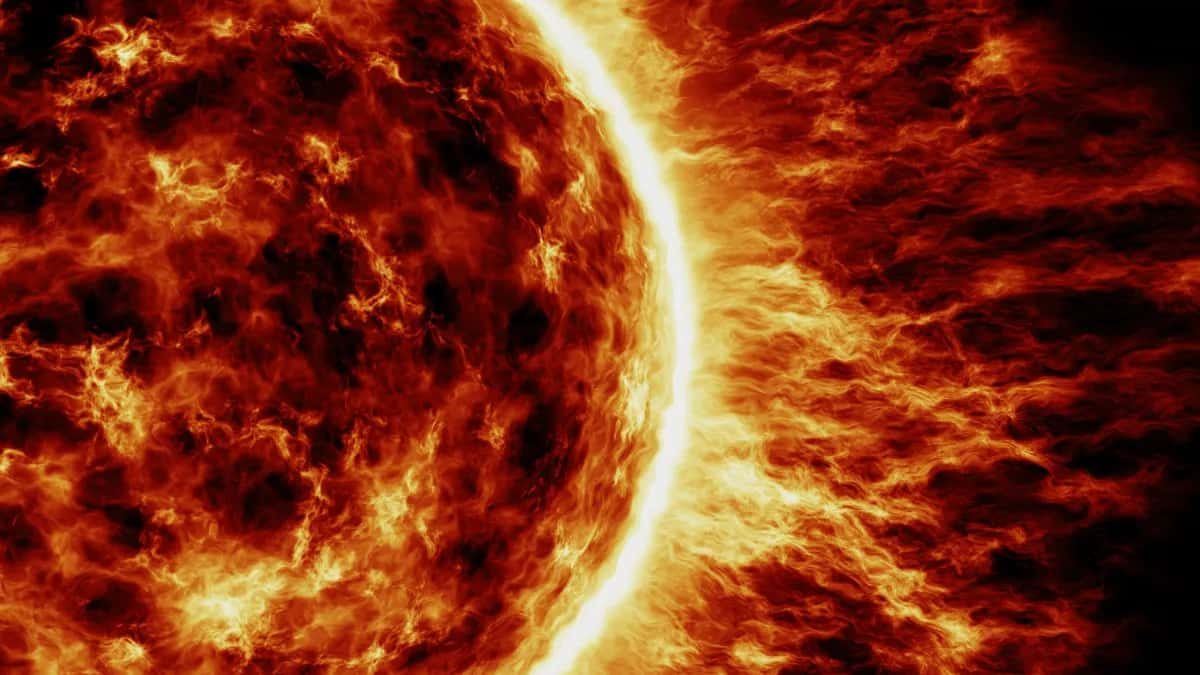Solar Flare (Coronal Mass Ejections) or solar wind is a stream of electricity escaping from the upper solar atmosphere. Solar storms carry extremely large electrons and protons, about 500KeV, producing a series of strange phenomena such as auroras, magnetic storms or the tails of comets that are always facing the sun at night to the formation of young stars.
The main cause of solar storms is the extremely large burst of energy through the outermost layer of the sun (heliosphere), affecting the solar system. When magnetic energy builds up in the Sun’s atmosphere, mainly in areas around the Sun’s dark zone, it is suddenly released that creates solar storms, causing the Sun’s surface to flash for a period of time.
Solar storms have a lot of types depending on their appearance and the energy released. The strength of solar storms increases gradually on the scale of levels A, B, C, M, X, the latter is 10 times stronger than the previous one.
Mehta, assistant Professor of Mechanical and Aerospace Engineering at West Virginia University, claims that “As the atmosphere absorbs energy from magnetic storms, it heats up and expands upward, resulting in a significant increase in the density of atmospheric heat.”
Solar flares cotaints huge amounts of energy. ImageGetty Images.
High density means more drag force, which causes problems for satellites. Geomagnetic storms disrupt a satellite’s ability to communicate with Earth via radio waves. In geomagnetic storms, changes in the ionosphere — the charged equivalent of the atmosphere spanning the same altitude range — will change the way radio waves travel through it,” Mehta said. “This makes it difficult to lock GPS signals and can deflect positioning by several meters. Solar storms also obstruct navigation systems such as the Global Positioning Satellite System (GNSS) and generate harmful geomagnetic induction currents (GIC) in power grids and pipelines.”
A solar storm affects human health as well
Solar storms emit radiation, which is exposed to radiation that is harmful to humans and can cause organ damage, radiation-induced illness, and cancer.
However, most experts assert that there is no significant risk to humans on the ground from solar storms. This is because the Earth’s atmosphere acts as a protective shield for living organisms, absorbing most of the radiation. Yet for pilots and passengers on board, flying in a solar storm can present a few health risks: pilots may have an increased risk of cataracts; passengers and crew can be significantly exposed to radiation. As a result, flights are sometimes rerouted to shield themselves from any radiation exposure caused by solar storms.
